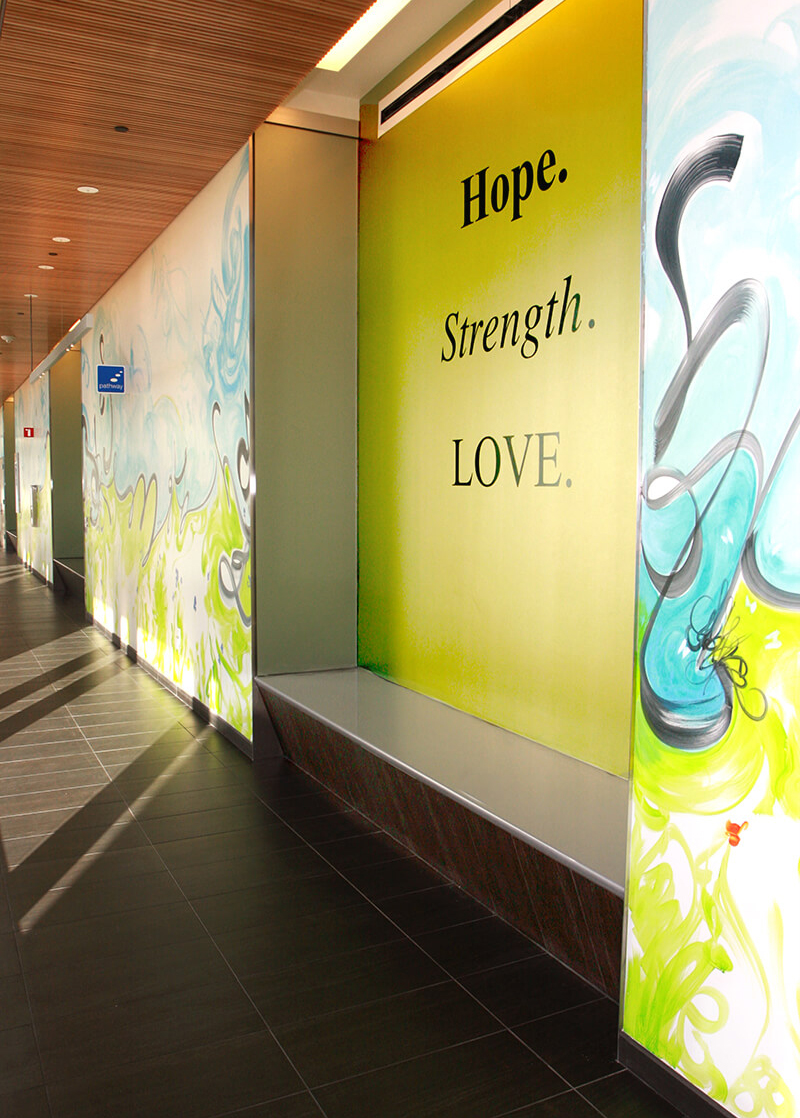Dear Expresso Readers,
I’ve been thinking a lot about this first Expresso of 2022 and have been pondering the meaning of hope. How does one find hope amidst this most challenging time we are all facing, both personally and collectively? What do sages and poets tell us about hope? What should we hope for and what are the alternatives? How do we engender hope in one another, especially when we have (or cling to) our different versions of the reality in which we live?
The poem “‘Hope’ is the thing with feathers” by Emily Dickinson describes the essence of hope beautifully for me. Please take a quiet moment to slowly and carefully read these words, and once you’ve finished the poem, please slowly take the words in again.
“Hope” is the thing with feathers -
That perches in the soul -
And sings the tune without the words -
And never stops - at all -
And sweetest - in the Gale - is heard -
And sore must be the storm -
That could abash the little Bird
That kept so many warm -
I’ve heard it in the chillest land -
And on the strangest Sea -
Yet - never - in Extremity,
It asked a crumb - of me.
It’s within each of us, but we can lose awareness of its presence. That is why the importance and power of spreading hope from one individual to another must not be underestimated.
I’m not naïve – the impact of our collective actions as individuals can lead to immense, even unimaginable suffering. By that same token, it is our connectedness that can lift up one another when we are feeling “featherless.”
On January 6, 2021, I watched in horror as our nation’s capital was stormed by its very own citizens. And in subsequent days and months we heard the deception that nothing wrong really happened. Reproductive and voting rights as well as global climate are on a precipice. Racism and gun violence continue to be public health crises. And here, within the UCSF community, so many of us have been pushed to the limit, whether it’s the exhausting work on the front lines, the detachment in the world of virtual learning, the loss of the lightheartedness and joy that we have when we gather together, the overwhelming anxiety and worry in trying to balance the worlds of work and home, or the gap between our aspirations and where we find ourselves stuck.
How can hope be sustained?
Over the last year, we have celebrated the remarkable achievements of individual scientists, clinicians, staff, teachers, and students. Yet, their creative and caring souls do not stand apart from us. They demonstrate the countless number of heroic acts and accomplishments that occur here at UCSF, and around the world, every single day. These accomplishments and commitments give me hope.
A year ago, in the December 2020 issue of Expresso, I described a personal moment of struggle to hold on to hope after a tumultuous year. I referenced John Lewis’s final letter to all of us, which ran as an op-ed piece in the New York Times. Regarding the Black Lives Matter movement, he wrote: “You filled me with hope about the next chapter of the great American story when you used your power to make a difference in our society.” That chapter now includes the recent moment when, with an anxious nation-in-waiting, twelve jurists handed in a verdict of guilty on all counts against three individuals for the murder of Ahmaud Arbery. This doesn’t right the wrongs of centuries and generations of racist murders but gives us hope for what the future might hold.
And I am deeply moved by the activism and belief in a better world by young people, as seems to be the case with every rising generation. It’s not just the eloquence and passion and brilliance of individuals like Greta Thunberg or Amanda Gorman, but also the millions of young people who stand with them demanding the changes needed to stop the violence, to care for one another, to save the planet. Given that they will determine the future, how can hope be abandoned?
I’ll close with a passage by Gandhi entitled “The Path” that has become my Rosetta stone for detecting the ever-present capacity for hope – I say it to myself all the time. (N.B.: I take the reference to “God” and “faith” spiritually rather than religiously – interpret as you will.)
I know the path
It is straight and narrow
I rejoice to walk on it
I weep when I slip
God’s word is: They who strive, never perish
I have implicit faith in that promise
Though, therefore, from my weaknesses
I fail a thousand times
I shall not lose faith.
What does hope look like for you in 2022? How do you re-energize your own hope? Please share your thoughts on this by simply going to Hopes for 2022 and writing a few words – I’ll collate everyone’s responses and present them on a message board with next month’s Expresso. You’re also welcome to drop me a line at [email protected].
Best of the new year,
Dan
Dan’s Tip of the Month
 This month my Tip comes in three parts:
This month my Tip comes in three parts:
Continuing on the theme of young people being a reason for hope, I recall being incredibly moved by the extemporaneous speech that President Obama gave to his campaign staff the day after his election to a second term – five and a half inspiring minutes guaranteed.
Of course, there are people who actually study the nature of hope, and I recommend this excellent overview, The Science and Power of Hope by Chan M. Hellman, PhD, one of the world’s leading experts in the field.
And, with the passing of Archbishop Desmond Tutu on December 26, 2021, I’ll close with his words: “Hope is being able to see that there is light despite all of the darkness.”